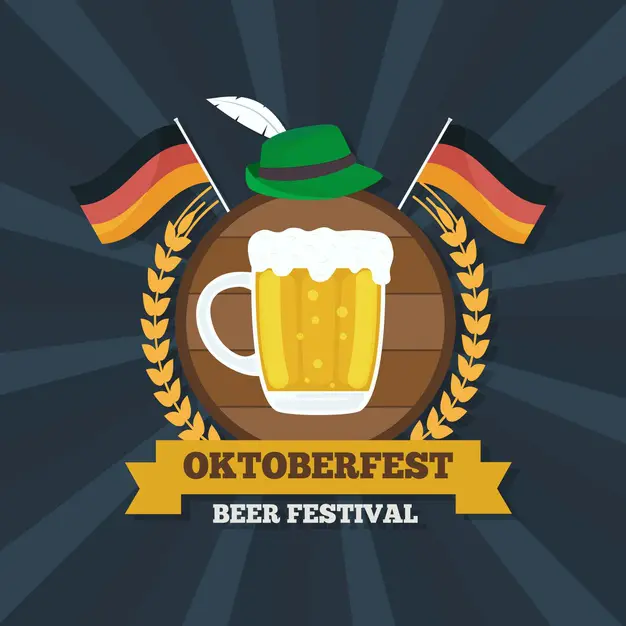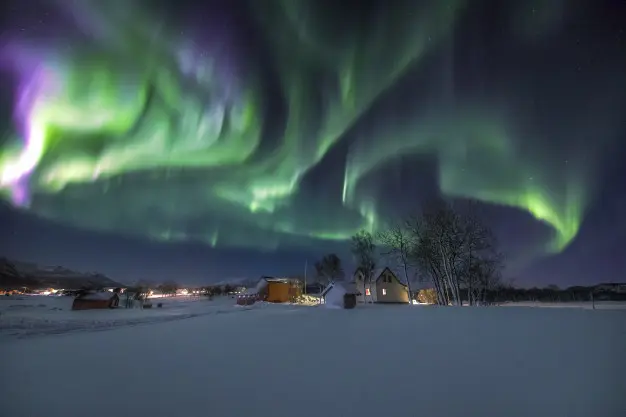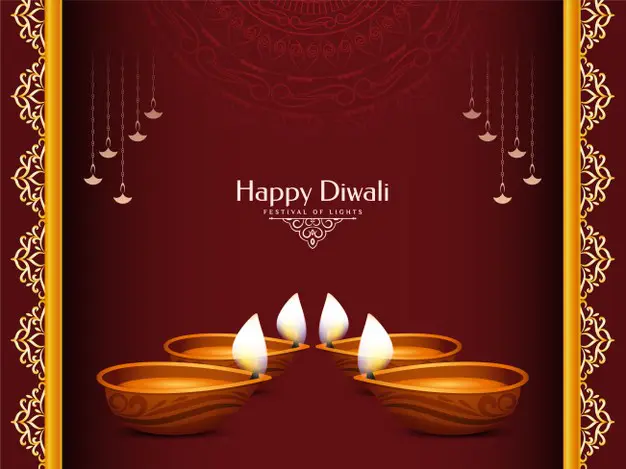
The type of traditional festivals can change depending on the culture. Some countries will emphasise certain elements that other countries from other cultures will not. These elements can be positive in order to understand and assimilate other nations more. Therefore, in this article we will look at these festivities across the continents:
Traditional festivals in Americas
The term “Americas” encompass both Latin America and English-Speaking North-America.
USA
Starting with the United States, we have Burning Man, which takes place in the Black Rock Desert in Nevada. It lasts nine days. It always takes place in the last week of August and, being part of the New Age movement, it symbolises an alternative way of thinking. There people wants to get closer to nature and add philosophical aspects to the summit, in the Hippy style.
Then we have the Macy’s Thanksgiving Day Parade in New York, where balloons are carried around the city. It goes in a parade along a defined route. Its aim is to entertain its inhabitants while providing effective marketing for the character represented by the balloons (Pokemon, cartoon characters…). It is also a tribute to the Macy’s shop company, as it was the latter that launched this celebration in the 1920s. This company is now linked to the city abroad.
Finally, in New Orleans we have the Mardi Gras festival, which is inspired by the city’s French Creole culture. People dress up and party in the streets wearing the most extravagant costumes and trying to have as much fun as possible during this event. There are even reports of people going out with no upper clothes or no clothes at all during this event.

Latin-America
First, in Mexico, there is the Día de Muertos, where we celebrate the dead and honour them by sharing iconographies of symbols that represent death itself. These inconographies can take the form of decorated skulls or colourful artistic creations of the reaper himself.
Then in Peru we have Inti Raymi, the Festival of the Sun. It is originally an Inca religious ceremony in honour of Inti, the father sun. It marks the winter solstice in the Andean countries of the southern hemisphere. The centre of the ceremony is the fortress of Sacsayhuamán (two km from the city of Cuzco), on 21 June each year.
Finally we have the Rio Carnival in Brazil. It lasts the four days that precede lens. There the celebrations begin after the signal from Rei Momo, the king of carnival. During the carnival, the mayor gives him the keys to the city and helps him find his queen, a young girl chosen for her beauty and experience in samba. She will rule the city for the three days of the carnival. It is also a tribute to the salsa dance and school dance.

Traditional festivals in Western Europe
One starts with France and its celebration of Bastille Day. It is its bank holidays and symbolises freedom. In 1789 it was the symbol of the people’s victory against the monarchy and today it encompasses freedoms in general. That is why it is so important in France.
Then in the United Kingdom we have the May Day. May Day is a public holiday usually celebrated on May 1 or the first Monday in May. It is an ancient spring festival. Traditional English May Day rites and celebrations include baking, singing, crowning a May Queen and celebrations involving a maypole, around which dancers often circle with ribbons.
Finally in Germany we have the Oktoberfest. It begins on the first Saturday of the second half of September at exactly noon, and ends on the first Sunday in October, unless this is the 1st or 2nd of October, in which case the festival is extended to the 3rd. It therefore lasts from sixteen to eighteen days. Thousands of people celebrate the national beers by drinking and commenting on them.

Traditional festivals in Eastern Europe
In Sweden one has St Lucy at the 13th December. There most cities appoint a Lucy every year. Schools elect a Lucy and her maids among the students and a national Lucy is elected on national television from regional winners. The regional Lucies will visit shopping malls, old people’s homes and churches, singing and handing out gingernut cookies (pepparkakor).
In St. Petersburg, Russia, the White Nights Festival is an annual summer festival that celebrates its solar phenomena near midnight due to its location near the Arctic Circle; each year between April 21 and August 21, the sky only reaches twilight and never reaches total darkness. Organised by the St Petersburg City Administration, the festival begins on 12 June with the “White Night Stars” at the Mariinsky Theatre and ends on 2 July. However, some festival-related performances take place before and after the official dates.
In Turkey we have the Ulusal Egemenlik ve Çocuk Bayramı that commemorates the foundation of the National Assembly of Ankara. Every year, Turkish children celebrate National Sovereignty and Children’s Day as a bank holiday. Like other April events, Children’s Day celebrations often take place outdoors. Schools participate in week-long ceremonies marked by performances in all areas in large stadiums watched by the entire nation. Among the activities on this day, children send their representatives to replace government officials and senior civil servants in their offices. These children in turn sign decrees on education and environmental policies. On this day, children also take the place of parliamentarians in the Grand National Assembly and hold a special session to debate children’s issues.

Traditional festivals in Asia
In India we have Diwali. It i is a very popular festival in India: it is the festival of lights, during which gifts are given and fireworks are set off. The festivities last five days, the third and most important of which is dedicated to the goddess Lakshmi, the other four being associated with different legends and traditions.
In Harbin, the capital city of the Chinese province of Heilongjiang, there is the Hā’ěrbīn Guójì Bīngxuě Jié festival that starts on 5 January and lasts for at least a month. There ice sculptures range from traditional Chinese folklore subjects, such as lanterns, to more modern scenes incorporating lasers. They can be found in many of the city’s parks, and guided tours are organised. All of these sculptures celebrate the cold temperature of the city.
Last but not least in Japan we have the Hina-matsuri. In the days leading up to 3 March, Japanese girls display precious dolls on small multi-level platforms. These special dolls, which are sometimes passed down from generation to generation, are stored in a box for the rest of the year. The dolls are supposed to protect against evil spirits.

We have seen throughout this article how these festivals articulate. This gives us more clues as to how the cultures function and what their symbols are for each of them.
